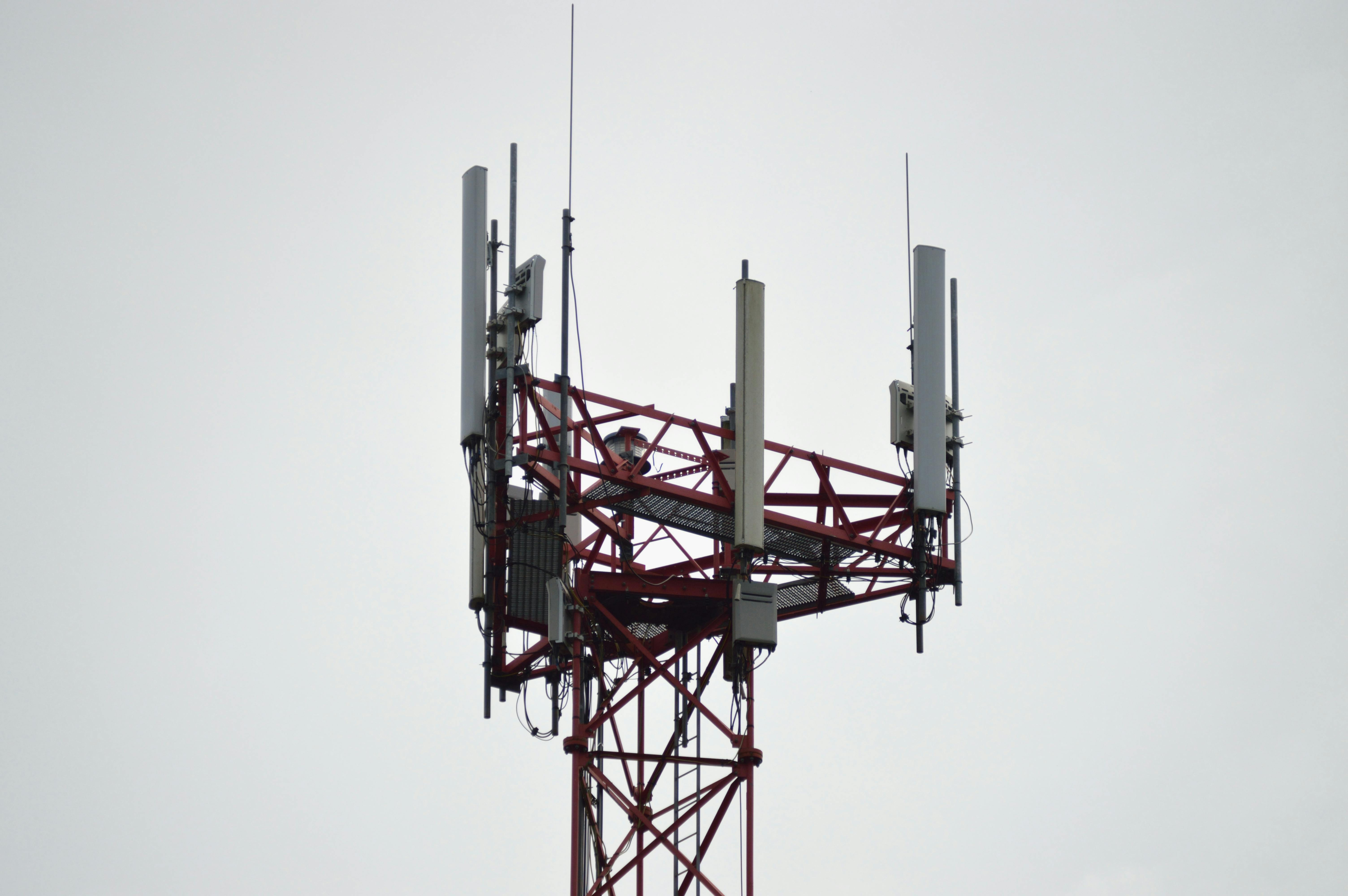For many of us, the internet has become a constant in our lives. We use it all the time and for many reasons. In today’s world, we take the internet for granted. We send messages to our friends, watch our favorite movies, or make video calls to relatives without even blinking. But what’s actually happening when we press "call" or "play"? How does all that data of a song, a movie, or even a ‘simple’ emoji reach the other side? While it might feel like magic to those born in times long before the internet and commonplace to the children born today, the reality is neither of those things. The internet works on simple basic principles, which, when combined, are grounded in a beautifully organized process.
The internet, at its core, is a massive system designed to break down information, send it through various routes, and reassemble it at the other end.
Let’s start with something simple: say you’re sending a message to a friend. When you hit “send,” your message doesn’t travel as one big chunk. Instead, it’s split into smaller pieces called packets. You can think of these packets like little envelopes, each containing a piece of the message. Each packet has a destination address (your friend’s phone or computer) and a return address (your phone or computer). This ensures that even if the packets take different routes, they all know where they’re headed and where they came from.
Once the packets are ready, they’re sent out into the vast network of the internet. Imagine the internet as a web of highways, bridges, and tunnels. These are the pathways that data uses to travel from one place to another. The packets don’t necessarily take the same route to reach their destination. Just like a road trip where you might take different exits to avoid traffic, packets find the fastest or least congested paths to their destination. This is where routers come into play. Routers act like traffic cops, directing packets down the best available route. If one pathway is busy or blocked, the router redirects the packets, ensuring that they avoid any "traffic jams" along the way.
Even though the packets might be taking different paths, they’re all headed for the same place. And when they arrive, the internet reassembles them into their original form. It’s a bit like mailing pieces of a puzzle to someone—once they receive all the pieces, they put them together, and voilà! Your friend gets your complete message, your video streams smoothly, or your phone call continues without a hiccup.
This system works not only for simple messages but also for much larger data, like videos or music. When you stream a movie or listen to a song online, that file is too large to send in one go. Instead, it’s broken down into thousands or even millions of packets, each traveling independently. But thanks to the efficiency of the system, all of those packets arrive and are reassembled so quickly that it feels instantaneous to us. The movie plays seamlessly, and the song sounds crystal clear, all because of how well the internet handles these packets.
Why is the internet built this way? It’s all about efficiency and reliability. By breaking data into smaller packets, the internet can send vast amounts of information without overloading any single path. If one path is down or too crowded, the data can simply take another route. This flexibility keeps the internet fast and ensures that even during times of heavy traffic, like when millions of people are streaming videos or making calls, the system keeps working smoothly.
The infrastructure of the internet—the physical cables, the servers, the routers—is what makes all of this possible. Just as rivers, mountains, and roads shape how nations move and interact, the structure of the internet shapes how data moves around the world. Fiber optic cables running under oceans connect continents, allowing data to travel between countries in the blink of an eye. Satellites and wireless signals bridge gaps where physical cables can’t reach. This vast network is what allows you to connect to someone halfway around the globe, watch a video from another country, or send an email across town in just seconds.
But it’s not just the infrastructure that’s fascinating—it’s the purpose behind it. The internet was designed to bring people together, to share information, to communicate, and to collaborate. In a sense, the internet is the ultimate tool for connection. Whether you’re streaming a tutorial video, catching up with friends via a call, or simply searching for information, the internet makes it all possible by efficiently moving data from one place to another.
At the heart of it, the process is simple: break the data into packets, send them through the best possible routes, and reassemble them at the destination. But the impact is massive. Thanks to this system, we can communicate, learn, work, and entertain ourselves on a global scale. It’s an intricate and beautifully efficient design, all working behind the scenes, making our daily lives easier and more connected.
So, the next time you send a message, stream a song, or make a video call, remember the journey your data is taking. While it feels instantaneous, it’s actually traveling through a complex network of routers, cables, and signals. But all of it happens so you can stay connected, wherever you are, and whoever you want to reach. After all, as Matt Mullenweg said, technology truly shines when it brings people together.

